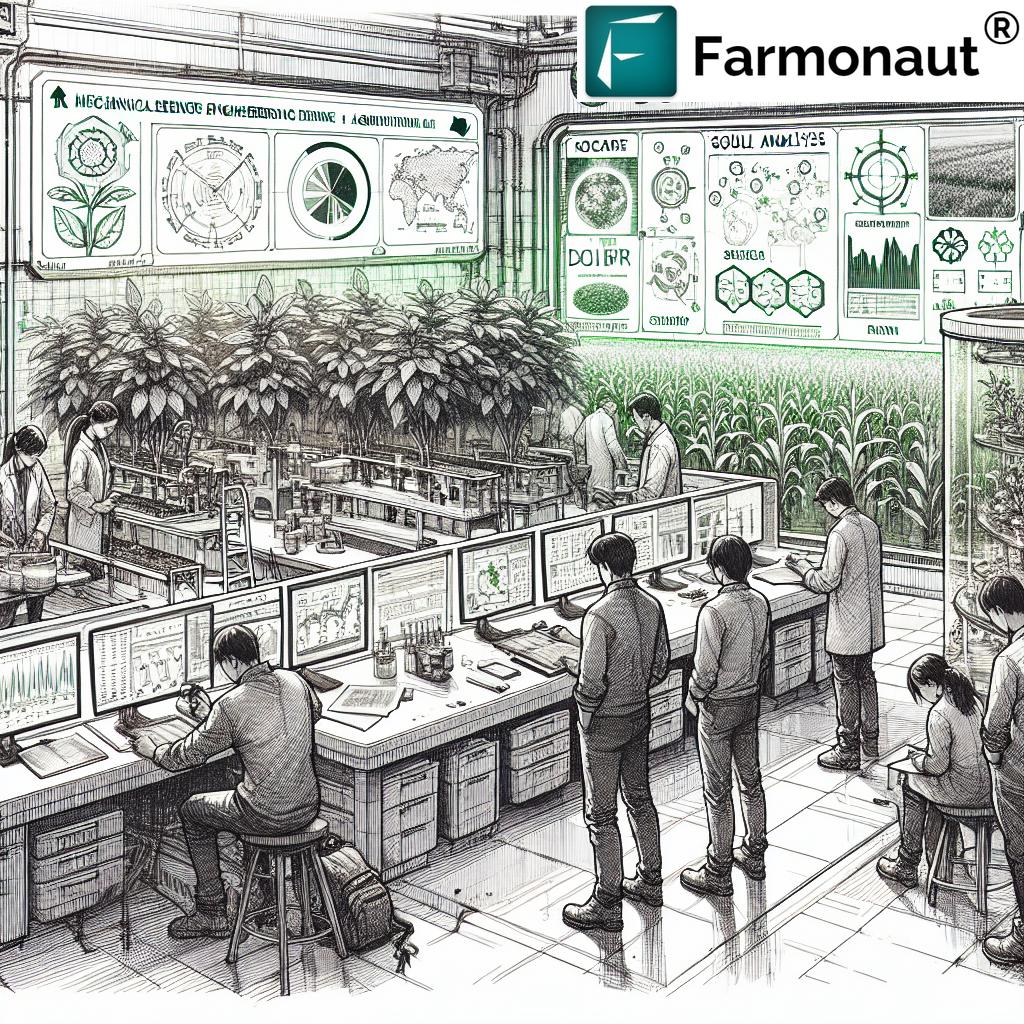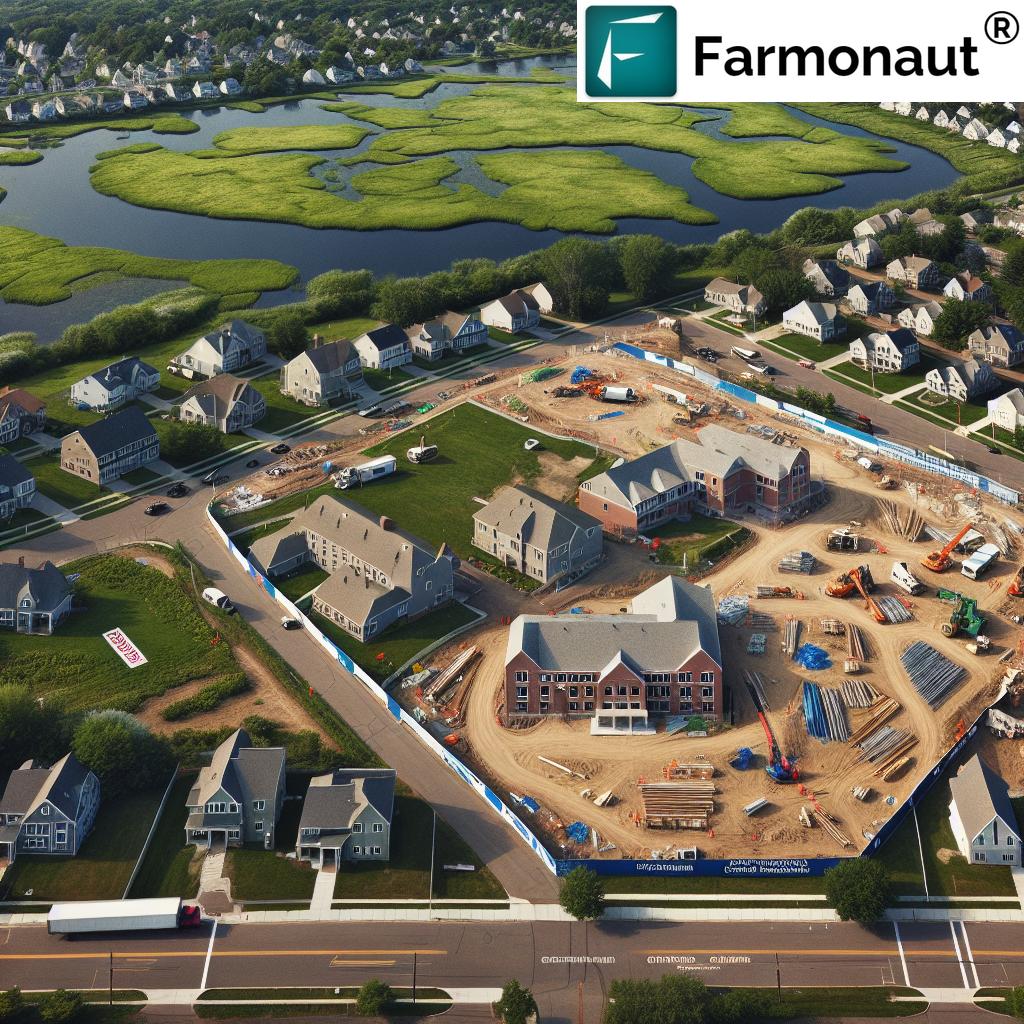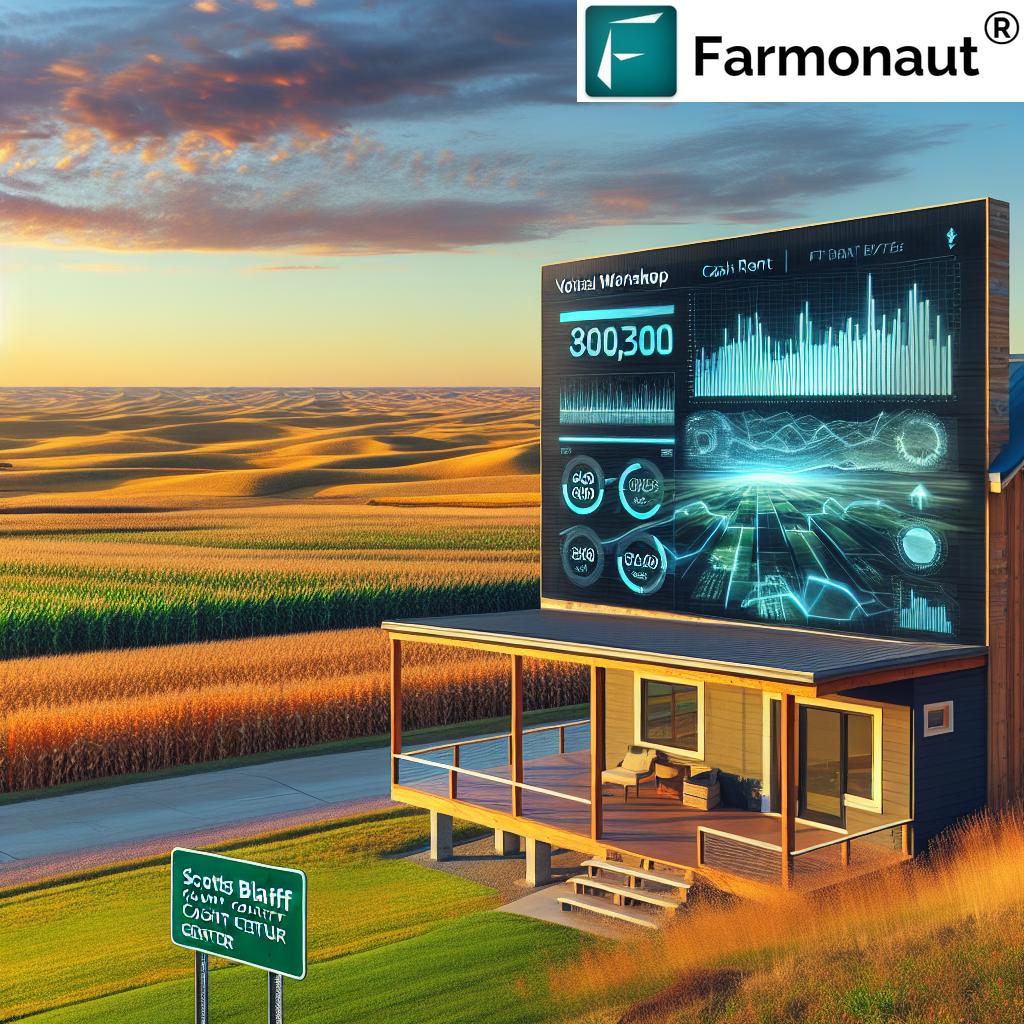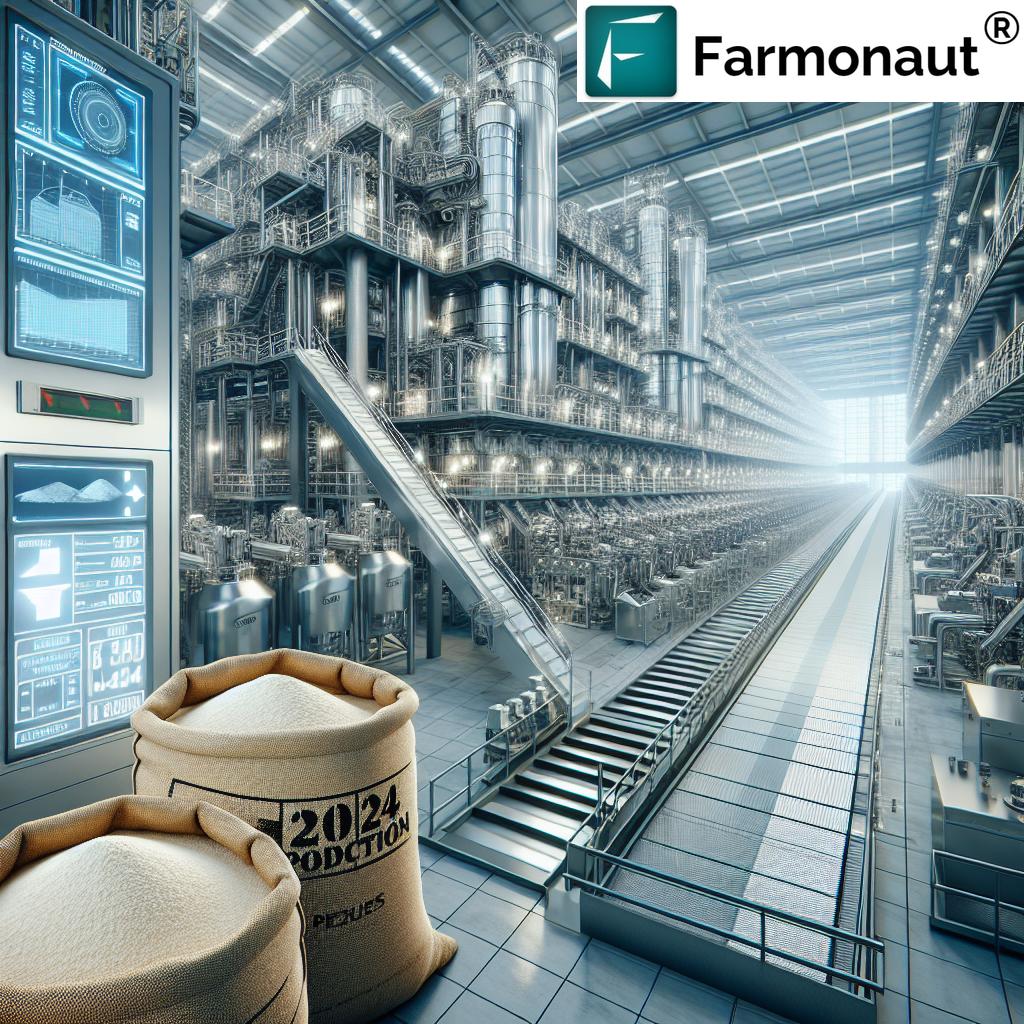Balancing Solar Energy and Farmland Preservation: Harford County’s Sustainable Agriculture Strategy
“Over 50% of U.S. counties have implemented agricultural land preservation programs to protect farmland from development.”
In the picturesque landscapes of Harford County, Maryland, a delicate balance is being struck between preserving our agricultural heritage and embracing the future of renewable energy. As we navigate the complexities of sustainable development, we find ourselves at the intersection of two critical needs: maintaining our farmlands and advancing solar energy production. This blog post delves into the innovative strategies Harford County is implementing to address these challenges, offering insights into the future of sustainable agriculture and renewable energy in rural communities.
The Challenge: Solar Farms vs. Agricultural Land
Harford County, like many rural areas across the United States, faces a growing dilemma. The increasing demand for renewable energy sources has led to a surge in solar farm development, often targeting prime agricultural land. While solar energy is crucial for a sustainable future, the potential loss of farmland poses significant concerns for food security, rural economies, and the preservation of our agricultural heritage.
The county’s planning and zoning director, Shane Grimm, has emphasized the importance of land preservation as a defense against the rapid development of solar farms on local agricultural properties. This stance reflects a broader national trend, where counties are grappling with the need to balance renewable energy goals with farmland conservation strategies.
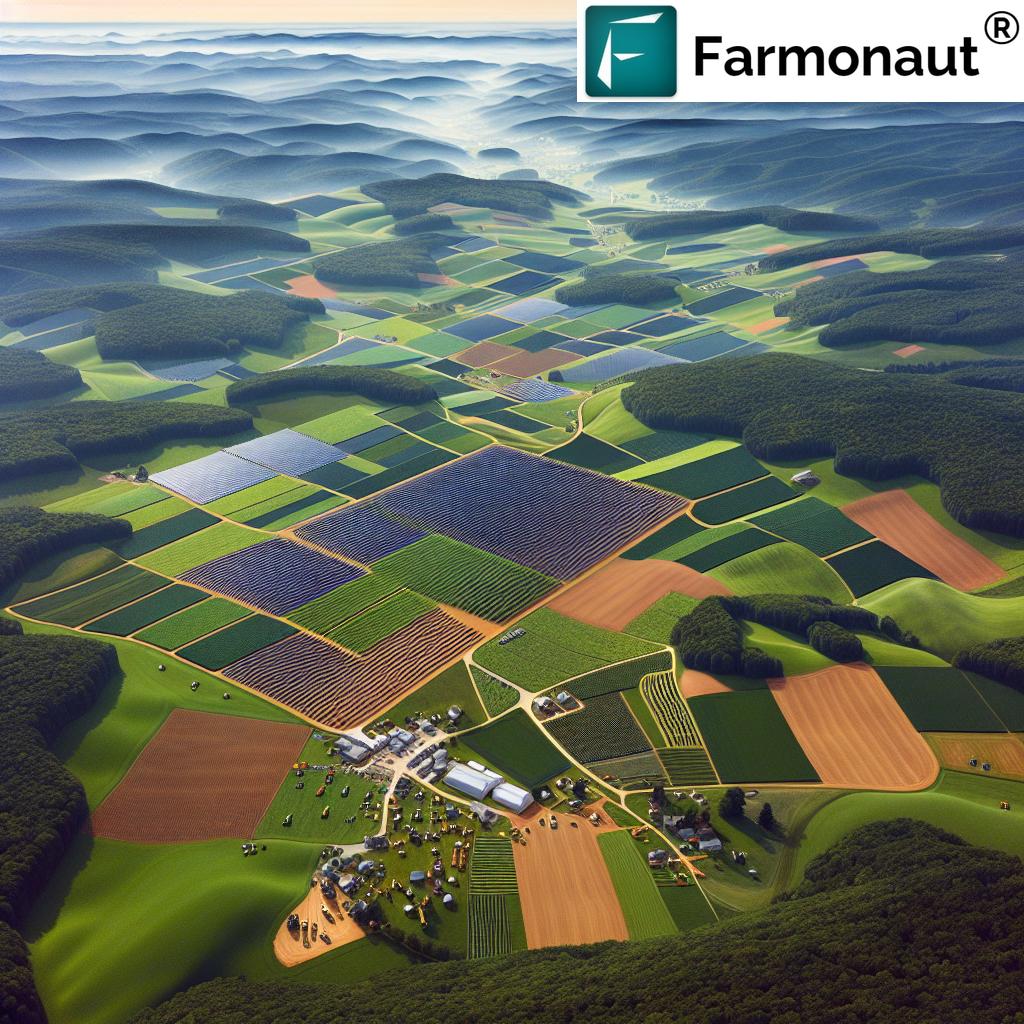
Harford County’s Ambitious Preservation Goals
In response to these pressures, Harford County has set an ambitious target: to preserve a total of 75,000 acres of farmland by 2040. This goal is not just a number; it represents a commitment to maintaining the county’s rural character, supporting local agriculture, and ensuring food security for future generations. To achieve this, the county has introduced a series of resolutions and initiatives:
- 19 New Resolutions: In October, the county introduced 19 resolutions to its council, which could lead to the preservation of 1,110 acres at an estimated cost of $7,128,116 to property owners in various communities, including Havre de Grace, Bel Air, Jarrettsville, Aberdeen, White Hall, Darlington, and Whiteford.
- Agricultural Preservation Program: This program has already successfully preserved over 64,000 acres by allowing landowners to eliminate development rights on their property, ensuring its use solely for agricultural purposes.
- Bonus System: To incentivize land preservation in targeted areas, Harford County has implemented a bonus system offering an extra $1,000 to $3,000 per acre.
These initiatives demonstrate Harford County’s proactive approach to farmland conservation, setting a precedent for other counties facing similar challenges.
The Rise of Community Solar Energy Systems
While preserving farmland is crucial, we cannot ignore the growing demand for renewable energy. Maryland’s legal framework for Community Solar Energy Generating Systems has opened new opportunities for property owners to harness solar power. These systems are designed to:
- Enable property owners, rather than electric companies, to generate solar power
- Coexist with recognized agricultural activities
- Not exceed five megawatts in scale
- Allocate at least 40% of energy output to low- and moderate-income subscribers
The passage of House Bill 908 last year made Maryland’s pilot solar program permanent, lifting previously existing caps on megawatt generation. This legislative change has contributed to a surge in community solar projects across the state, including Harford County.
“Community solar projects can occupy up to 10 acres per megawatt of capacity, potentially impacting thousands of farmland acres.”
The Economic Dilemma for Landowners
The financial allure of solar farms presents a significant challenge to farmland preservation efforts. Reports indicate that solar developers are offering landowners as much as $7,000 per acre annually, a stark contrast to typical farming rents of around $200 per acre. This substantial income difference puts immense pressure on landowners, especially those struggling to maintain profitable farming operations.
To address this economic disparity, local officials are exploring strategic planning options, including:
- Developing incentives for solar developers to utilize already developed land instead of agricultural spaces
- Creating financial support programs for farmers to maintain their agricultural operations
- Exploring hybrid models that allow for both solar energy generation and continued agricultural use (agrivoltaics)
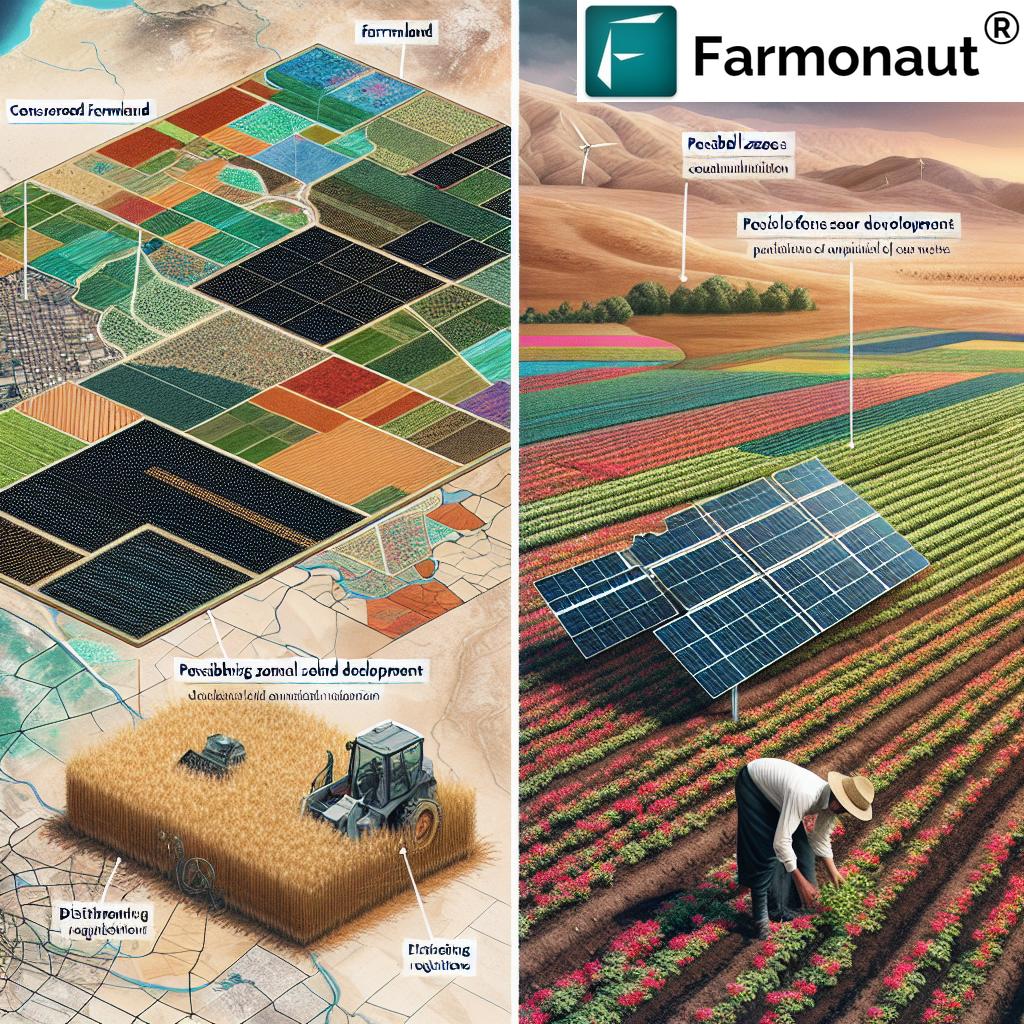
Innovative Solutions: Agritech and Sustainable Agriculture Technology
As we strive to balance solar energy development with farmland preservation, innovative agritech solutions are emerging as crucial tools. These technologies offer ways to enhance agricultural productivity while supporting sustainable land use practices. One such solution is provided by Farmonaut, a pioneering agricultural technology company that offers advanced, satellite-based farm management solutions.
Farmonaut’s platform integrates satellite imagery, artificial intelligence, and machine learning to address various agricultural challenges. Their services include:
- Real-time crop health monitoring
- AI-based advisory systems
- Blockchain-based traceability
- Resource management tools
These technologies can help farmers optimize their land use, potentially reducing the economic pressure to convert farmland to solar farms. By improving crop yields and resource efficiency, farmers can maintain profitable operations on smaller land areas, preserving more agricultural land overall.
To explore how Farmonaut’s technology can support sustainable agriculture and land preservation efforts, visit their web application or download their mobile apps:
Balancing Solar and Farming: The Agrivoltaics Approach
One innovative solution gaining traction is agrivoltaics, a practice that combines solar energy production with agricultural activities on the same land. This approach offers several benefits:
- Dual land use for energy and food production
- Potential for increased crop yields in certain climates due to partial shading
- Water conservation through reduced evaporation
- Additional income stream for farmers
Agrivoltaics represents a promising compromise between solar development and farmland preservation. By implementing such systems, counties like Harford could potentially meet both their renewable energy goals and agricultural preservation targets.
Rural Land Use Planning: A Comprehensive Approach
Effective rural land use planning is crucial for balancing the competing demands on agricultural land. Harford County’s approach includes:
- Zoning Regulations: Implementing strict zoning laws to protect prime agricultural areas from solar development
- Incentives for Agricultural Land Protection: Offering financial incentives and tax benefits to landowners who commit to long-term agricultural use
- Smart Growth Policies: Encouraging development in already urbanized areas to reduce pressure on rural lands
- Conservation Easements: Partnering with land trusts to establish permanent protections for farmland
These strategies aim to create a balanced approach that supports both renewable energy development and farmland conservation.
The Role of State Legislation and County-Level Decision-Making
The interplay between state legislation and county-level decision-making is crucial in shaping land use policies. While Maryland’s state laws have encouraged solar development, counties like Harford are working to ensure they retain control over local land use decisions. This balance is essential for:
- Protecting local interests and preserving community character
- Ensuring that renewable energy goals align with local land use priorities
- Developing tailored solutions that fit the unique needs of each county
County officials are advocating for more local control in determining the placement and scale of solar projects, emphasizing the importance of preserving prime agricultural land.
Community Engagement and Support
The success of farmland preservation initiatives relies heavily on community support. Organizations like the Harford Land Trust play a vital role in:
- Educating the public about the importance of land conservation
- Facilitating partnerships between landowners and conservation programs
- Advocating for policies that support sustainable land use
Community engagement ensures that land use decisions reflect the values and needs of local residents, balancing economic development with environmental stewardship.
Comparative Analysis of Land Use Strategies
| Strategy | Agricultural Land Preservation Impact | Renewable Energy Potential | Economic Considerations | Environmental Benefits |
|---|---|---|---|---|
| Traditional Farmland Conservation | High (100% land preserved) | Low (No energy generation) | Moderate (Farm income only) | High (Maintains ecosystems) |
| Integrated Solar-Agricultural Systems | Moderate (60-80% land usable for agriculture) | Moderate (1-3 MW per 10 acres) | High (Dual income streams) | High (Renewable energy + reduced water use) |
| Community Solar Projects | Low (10-20% land preserved) | High (5+ MW per project) | High (Significant lease income) | Moderate (Renewable energy, but habitat loss) |
| Agrivoltaics | High (80-90% land usable for agriculture) | Moderate (0.5-2 MW per 10 acres) | High (Increased crop yield + energy income) | Very High (Energy + improved crop resilience) |
The Future of Sustainable Agriculture and Renewable Energy
As we look to the future, the integration of sustainable agriculture technology and renewable energy solutions will be critical. Advanced farming techniques, supported by platforms like Farmonaut, can help increase agricultural productivity on existing farmland, reducing the pressure to convert land for solar use. At the same time, innovative solar technologies, such as more efficient panels and agrivoltaic systems, can help meet energy needs with a smaller land footprint.
For those interested in leveraging technology for sustainable agriculture, Farmonaut offers comprehensive solutions through their web application and API. Developers can also explore integration opportunities through the API Developer Docs.
Conclusion: A Balanced Approach for a Sustainable Future
Harford County’s approach to balancing solar energy development with farmland preservation serves as a model for communities across the United States. By implementing innovative strategies, engaging with the community, and leveraging advanced agricultural technologies, the county is paving the way for a future where renewable energy and sustainable agriculture coexist harmoniously.
As we continue to face the challenges of climate change and food security, the lessons learned from Harford County’s experience will be invaluable. The path forward requires creativity, collaboration, and a commitment to sustainable practices that benefit both our environment and our communities.
FAQ Section
Q: How does Harford County’s Agricultural Preservation Program work?
A: The program allows landowners to eliminate development rights on their property, ensuring it’s used solely for agricultural purposes. In return, landowners receive financial compensation and potential tax benefits.
Q: What are Community Solar Energy Generating Systems?
A: These are solar projects that allow multiple community members to benefit from a single solar array, often built on leased land. They must coexist with agricultural activities and allocate at least 40% of energy output to low- and moderate-income subscribers.
Q: How can agritech solutions help in farmland preservation?
A: Agritech solutions, like those offered by Farmonaut, can improve farm productivity and efficiency, potentially reducing the economic pressure to convert farmland to solar farms. These technologies help farmers optimize their operations on existing land.
Q: What is agrivoltaics?
A: Agrivoltaics is the practice of using land for both solar energy production and agriculture simultaneously. It can include raised solar panels that allow farming underneath or interspersed panels that create a beneficial microclimate for certain crops.
Q: How can communities balance the economic benefits of solar farms with farmland preservation?
A: Communities can implement zoning regulations, offer incentives for agricultural land protection, encourage solar development on non-agricultural lands, and explore innovative solutions like agrivoltaics to create a balanced approach.








